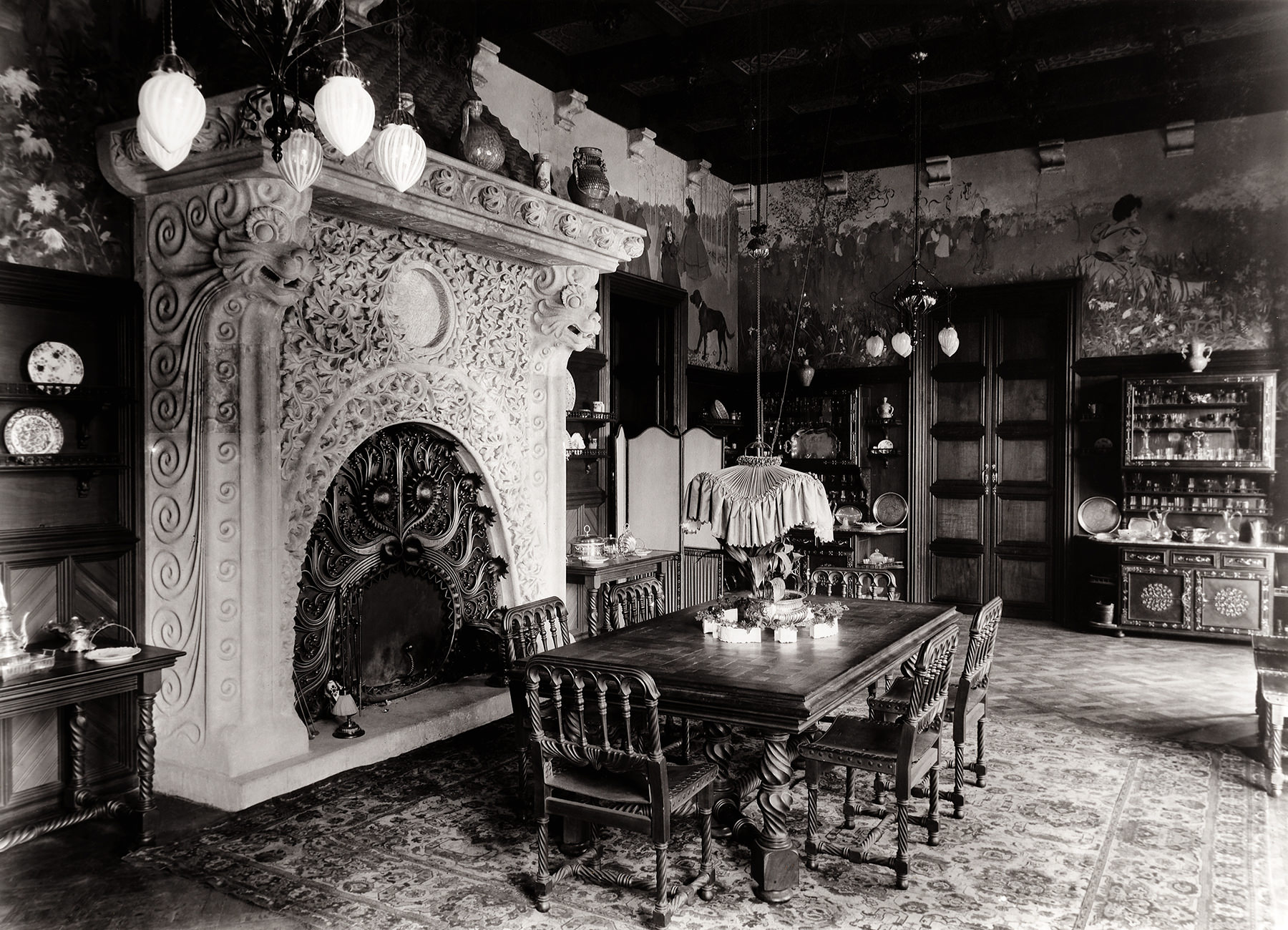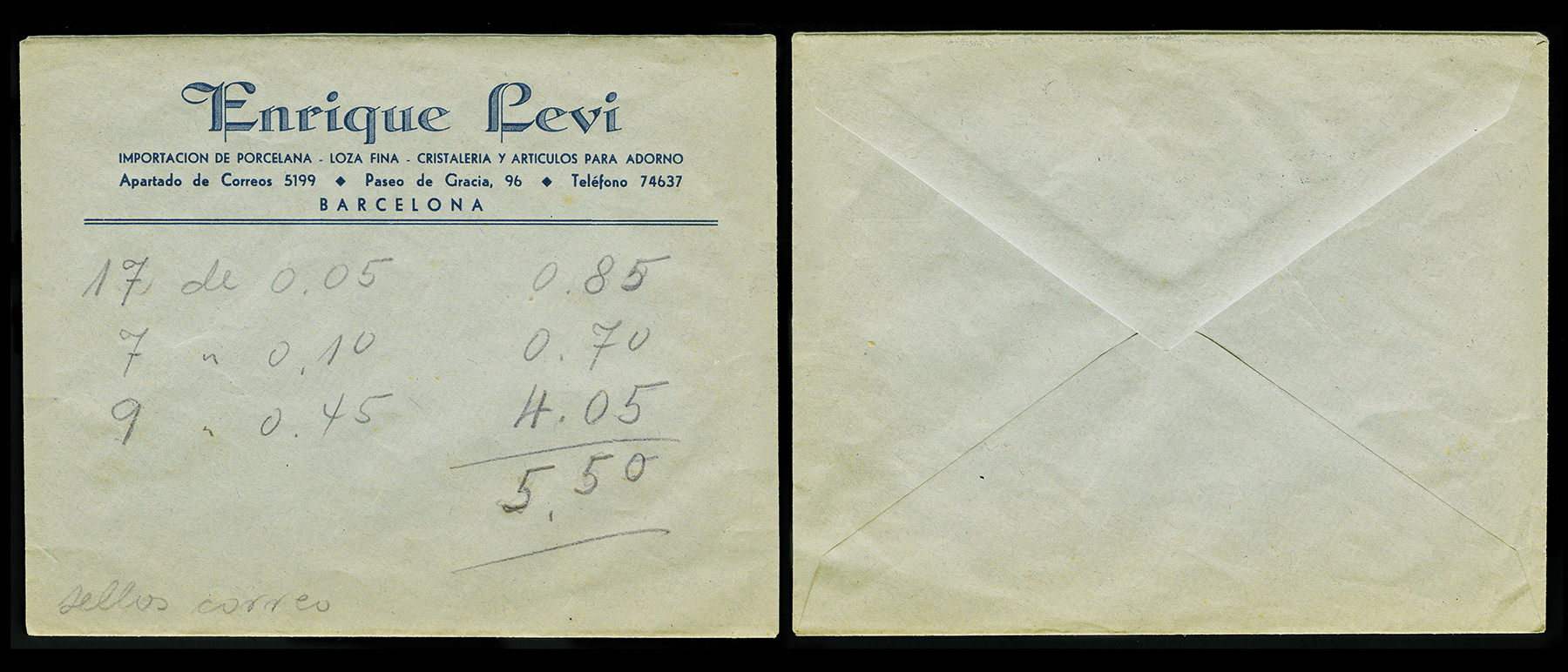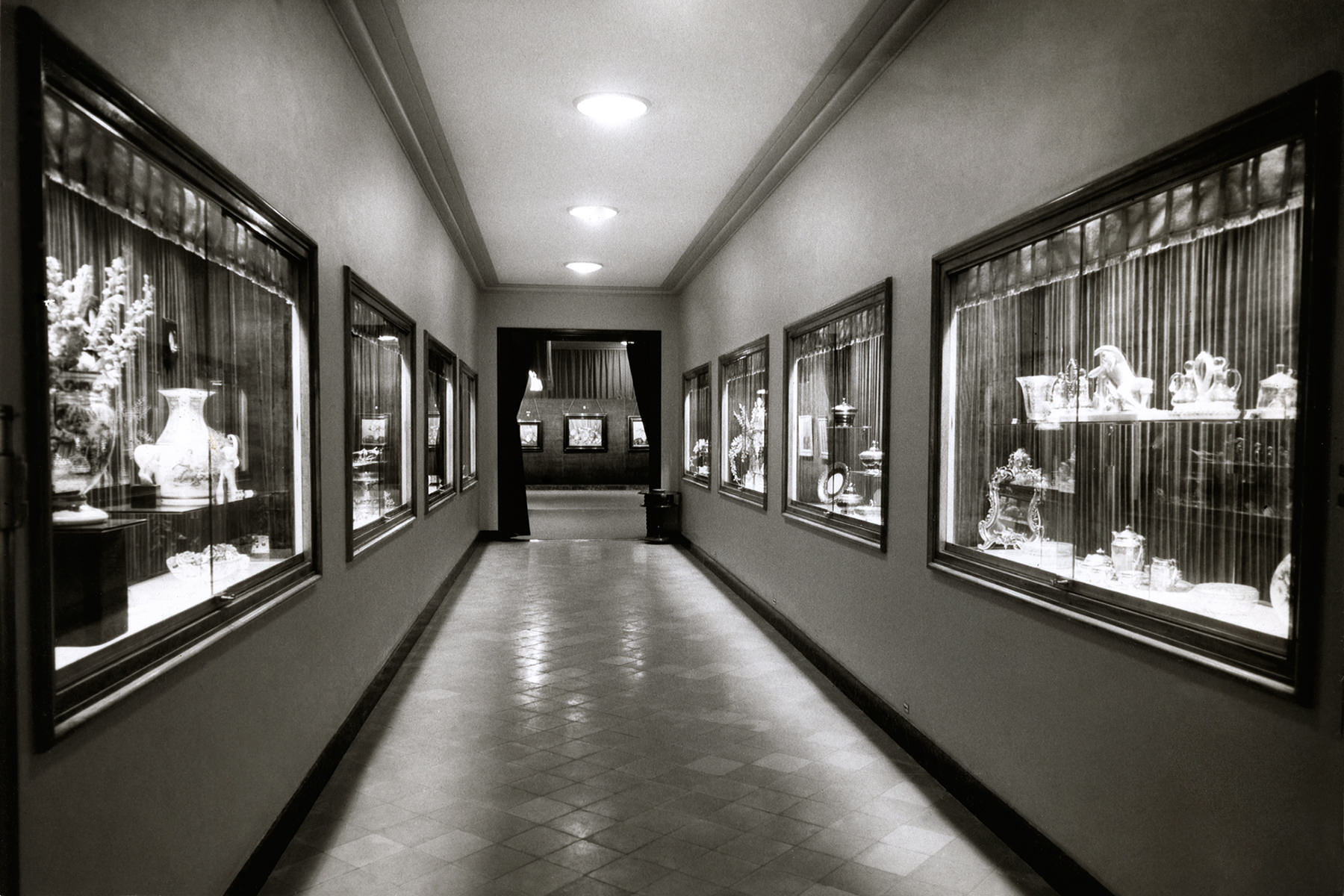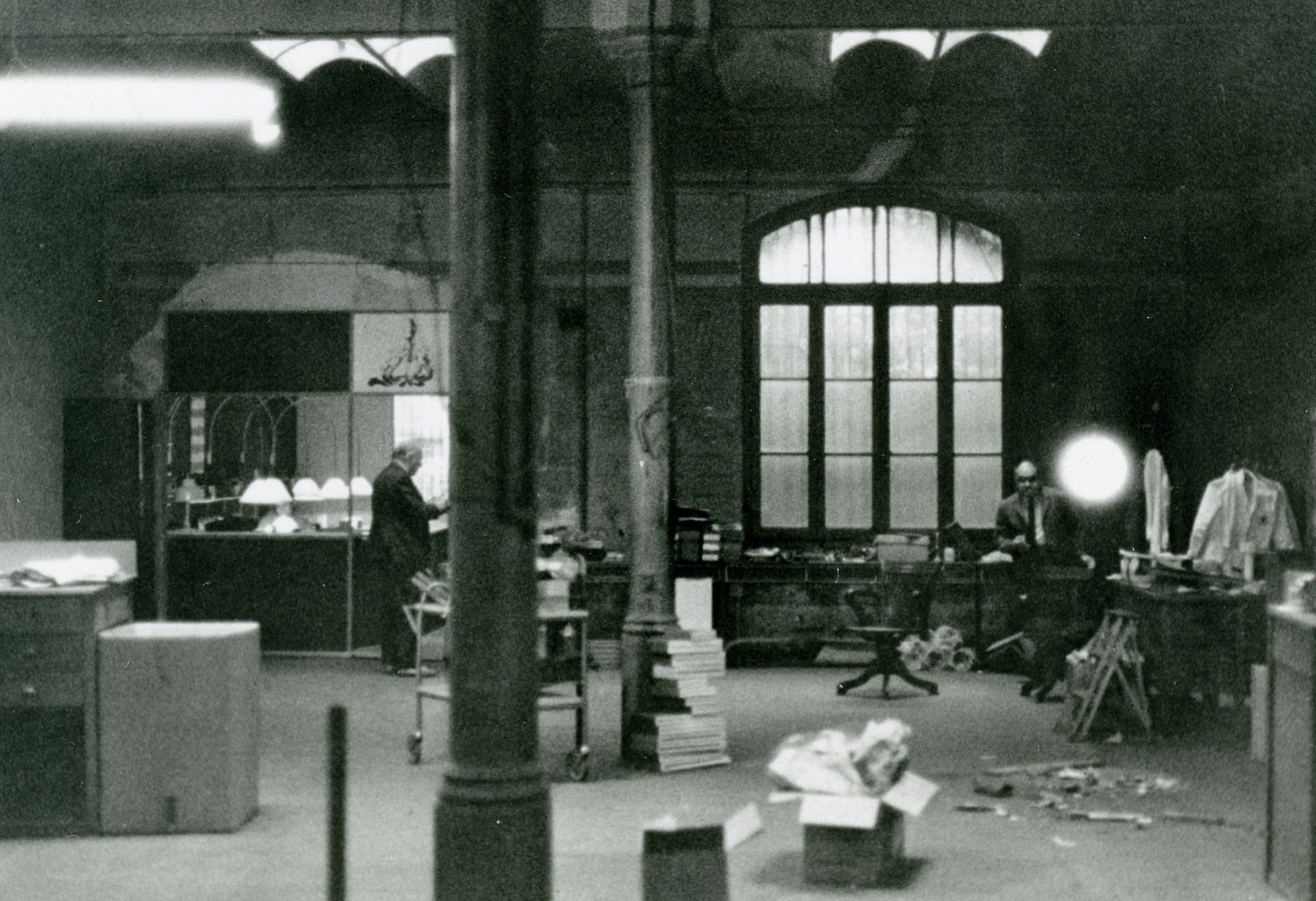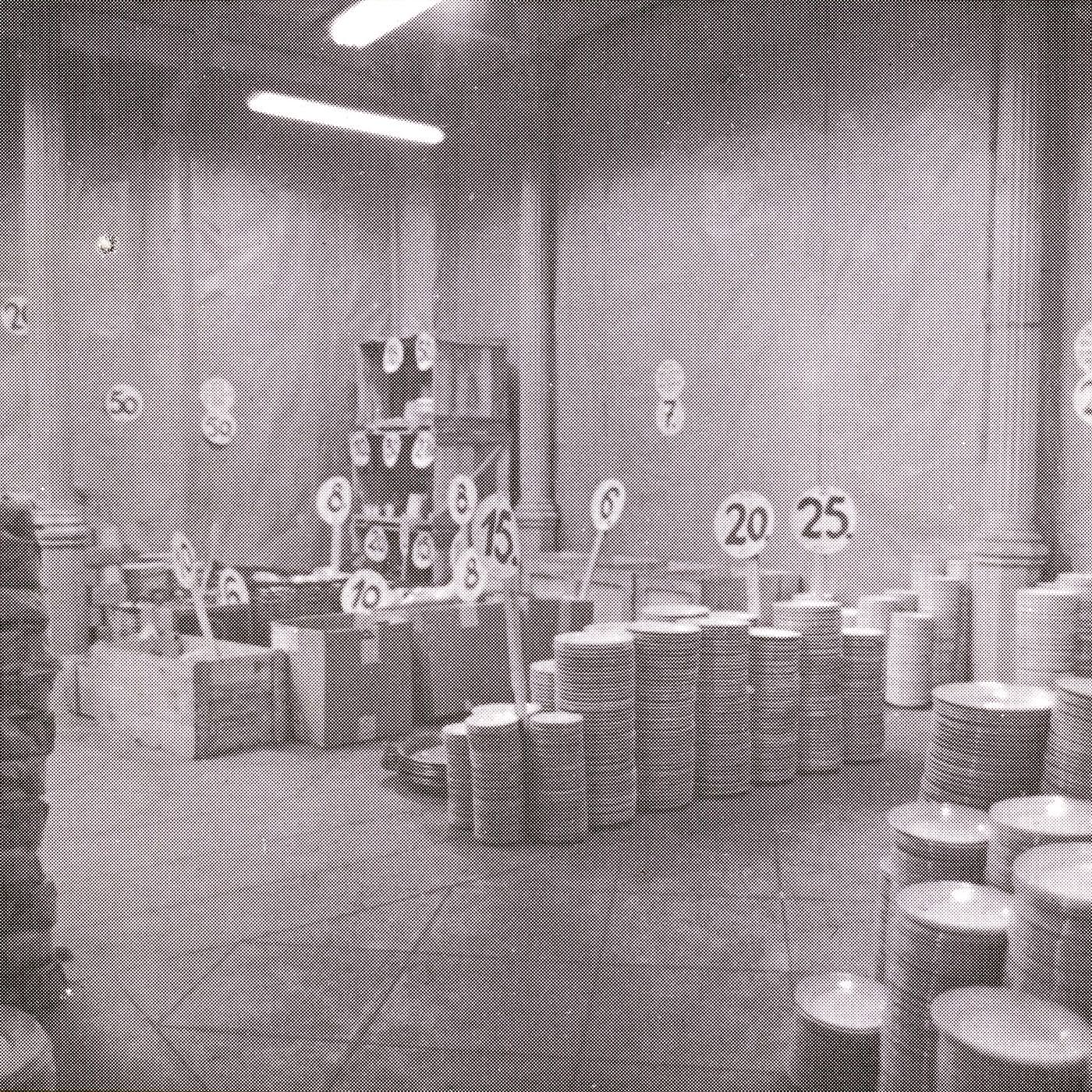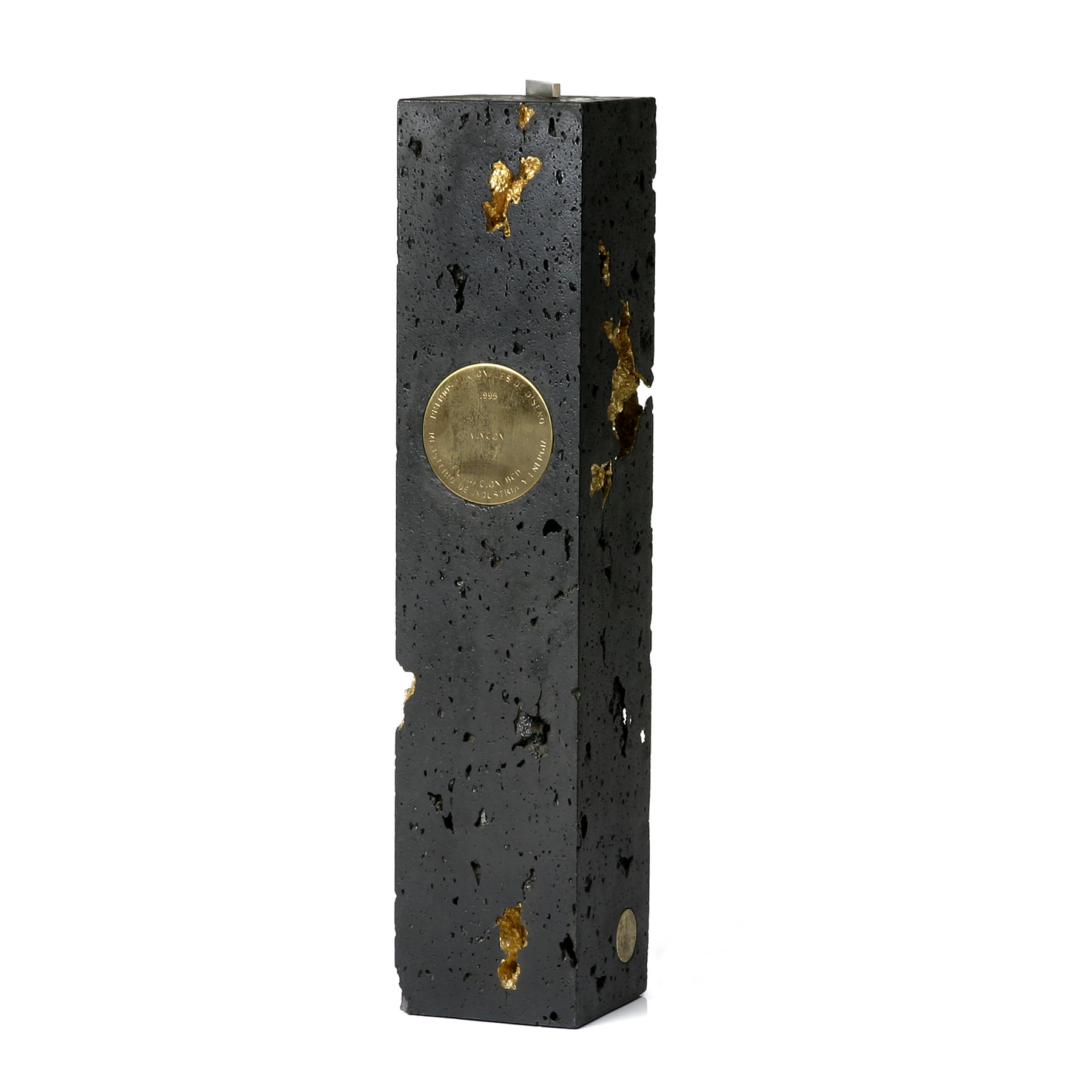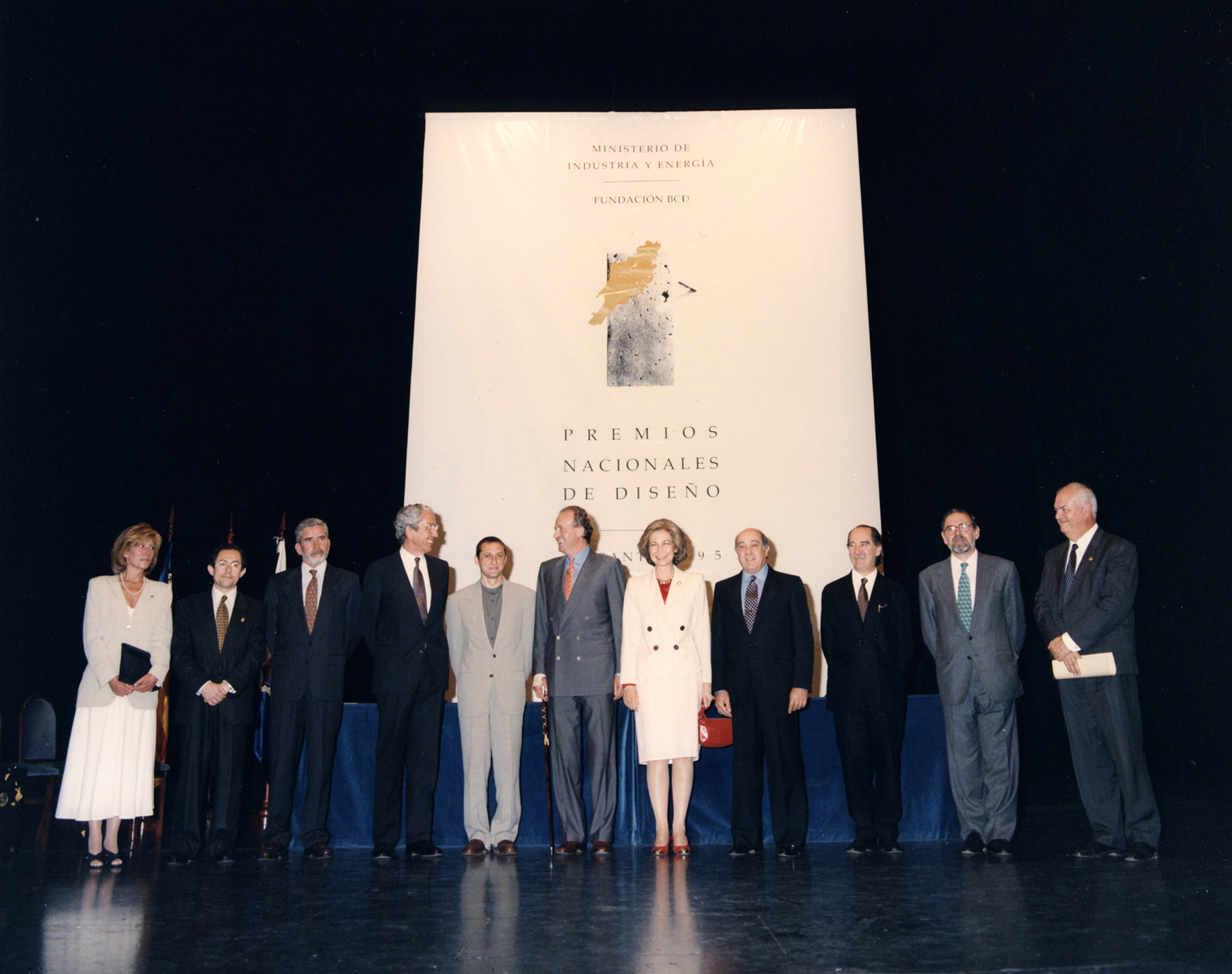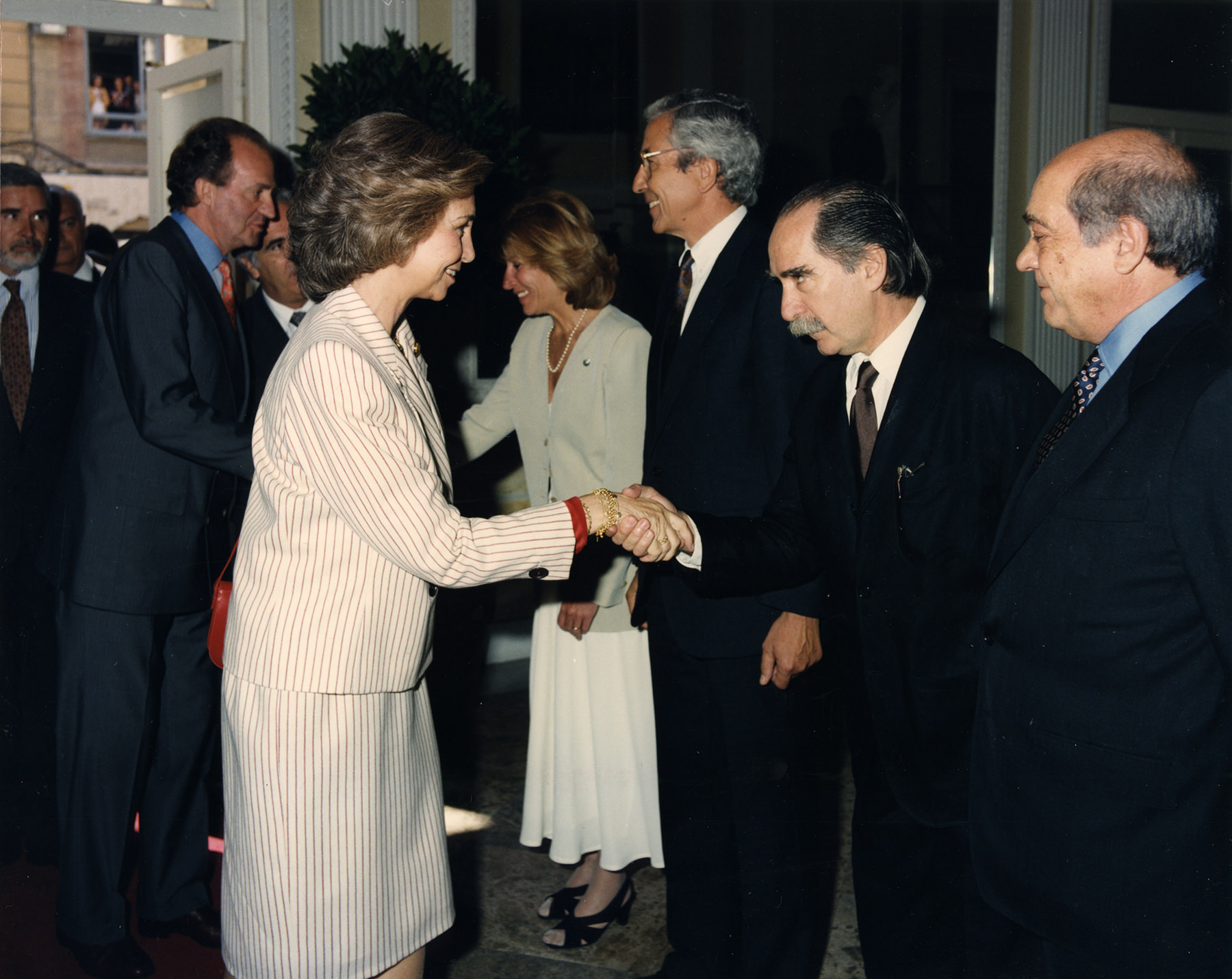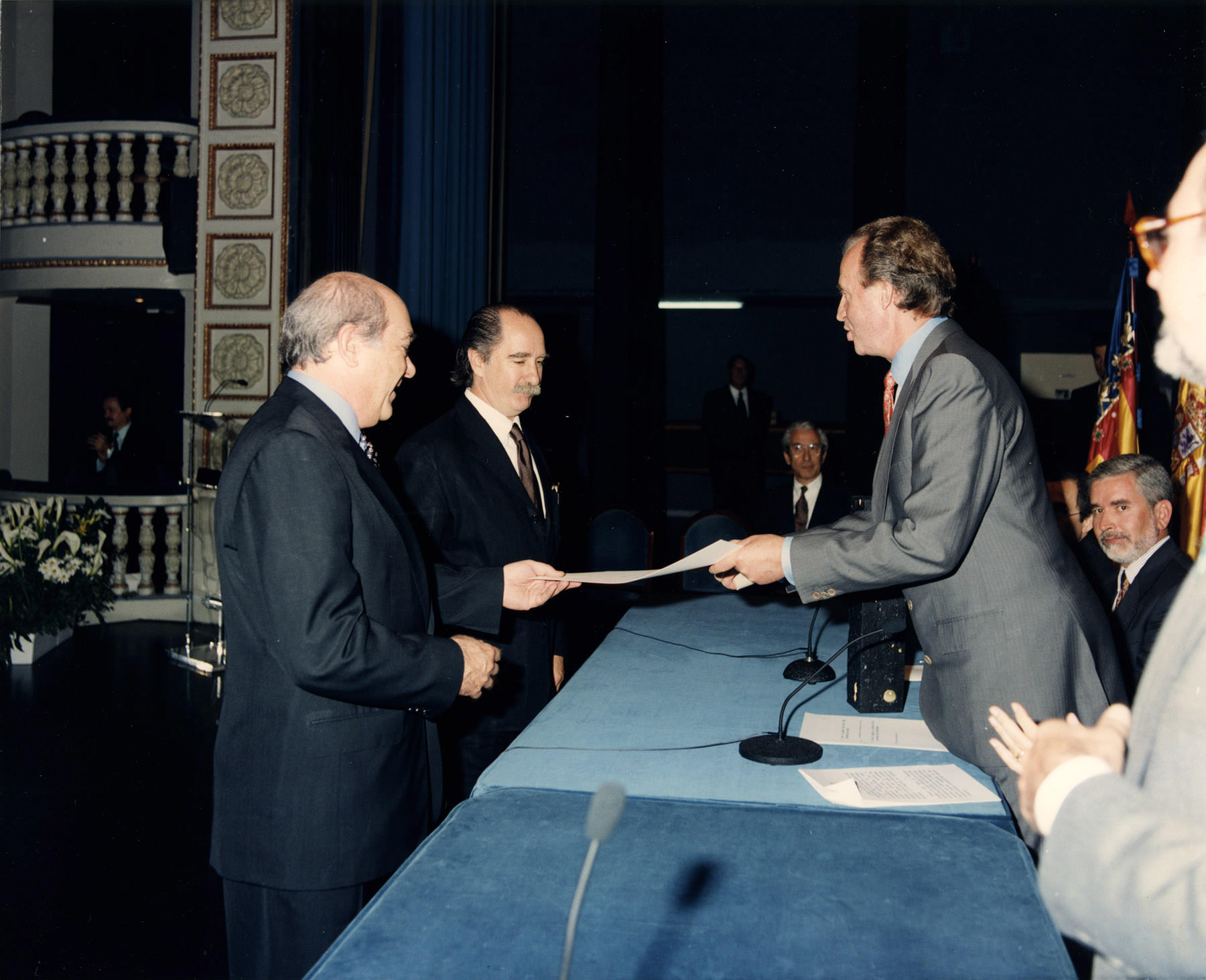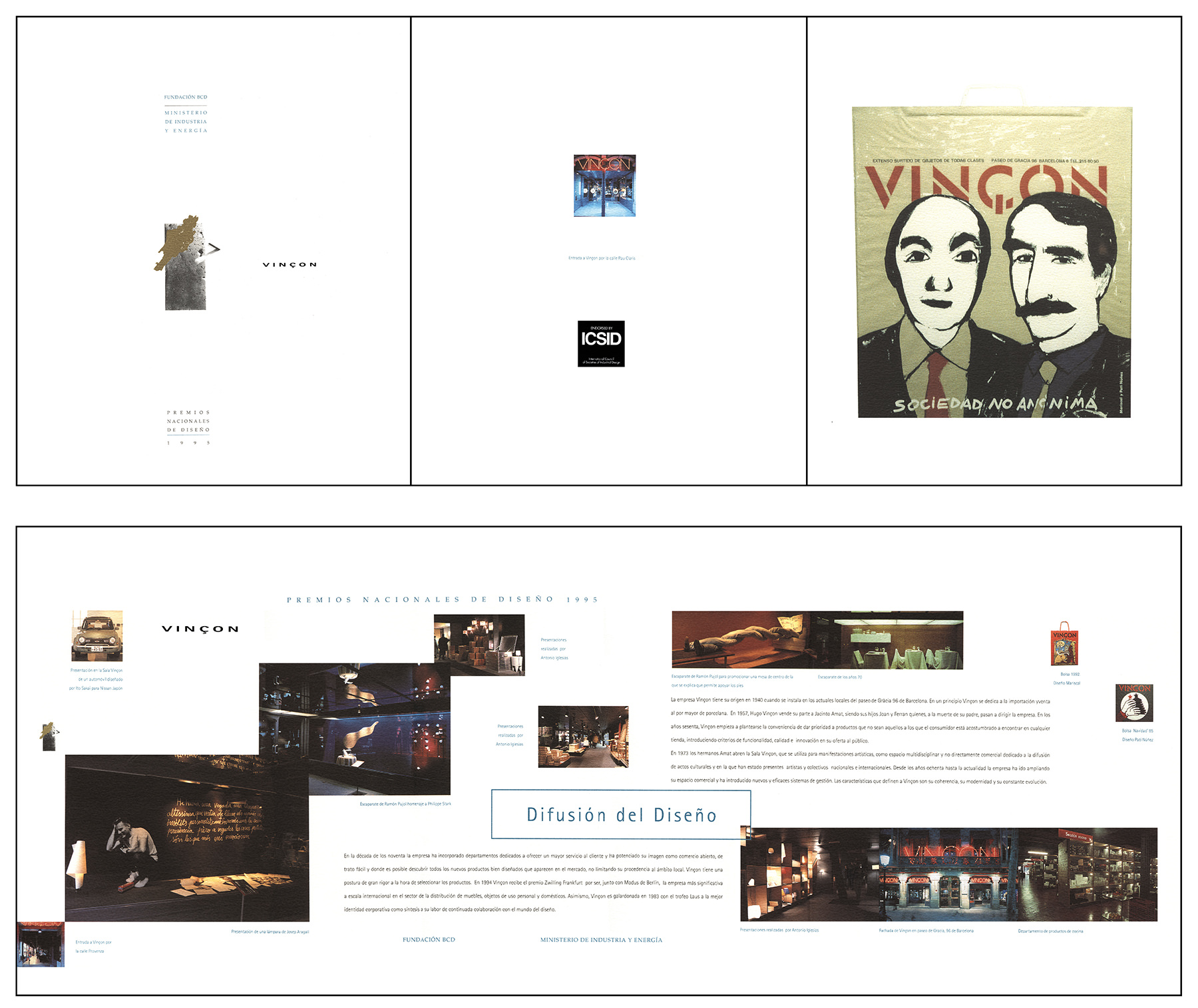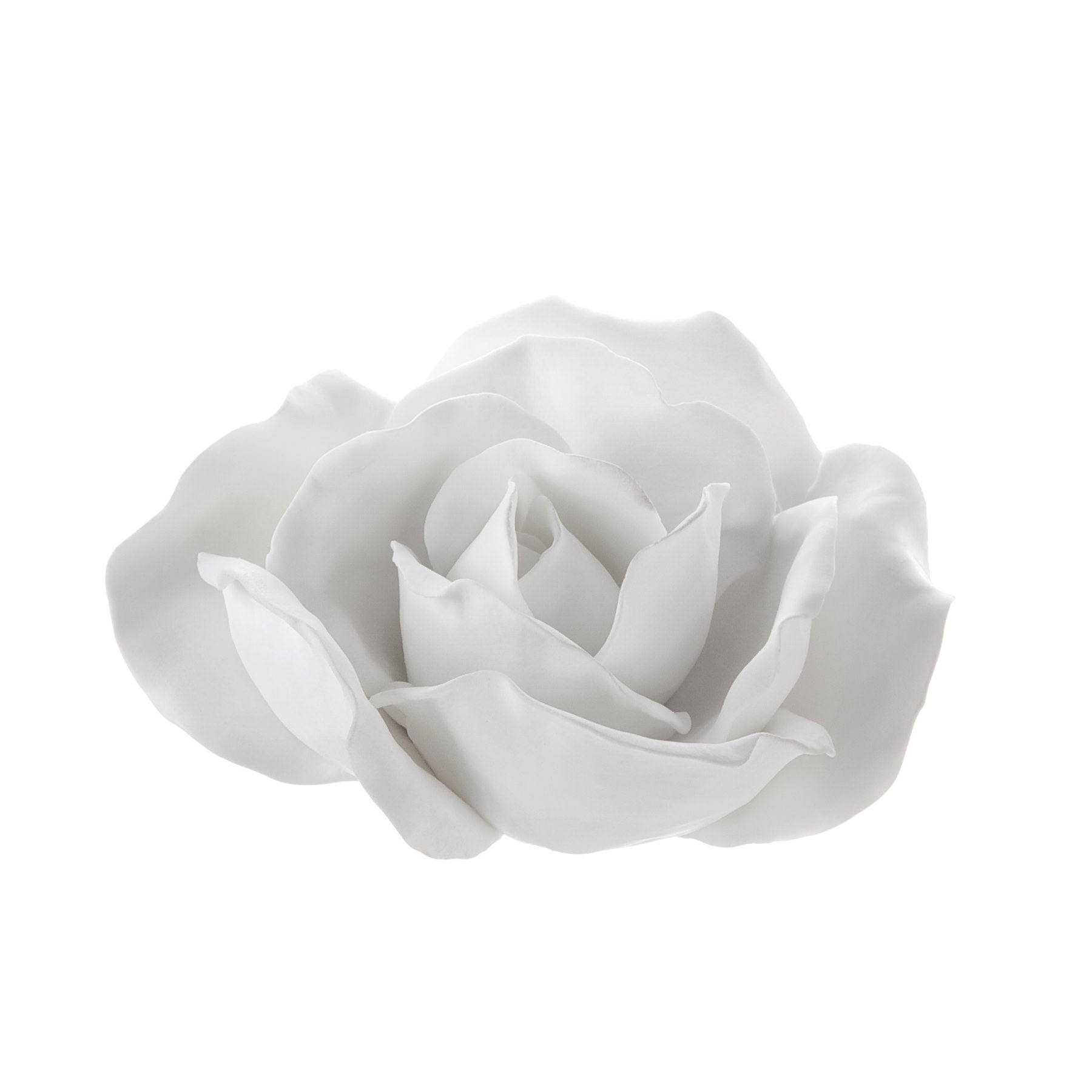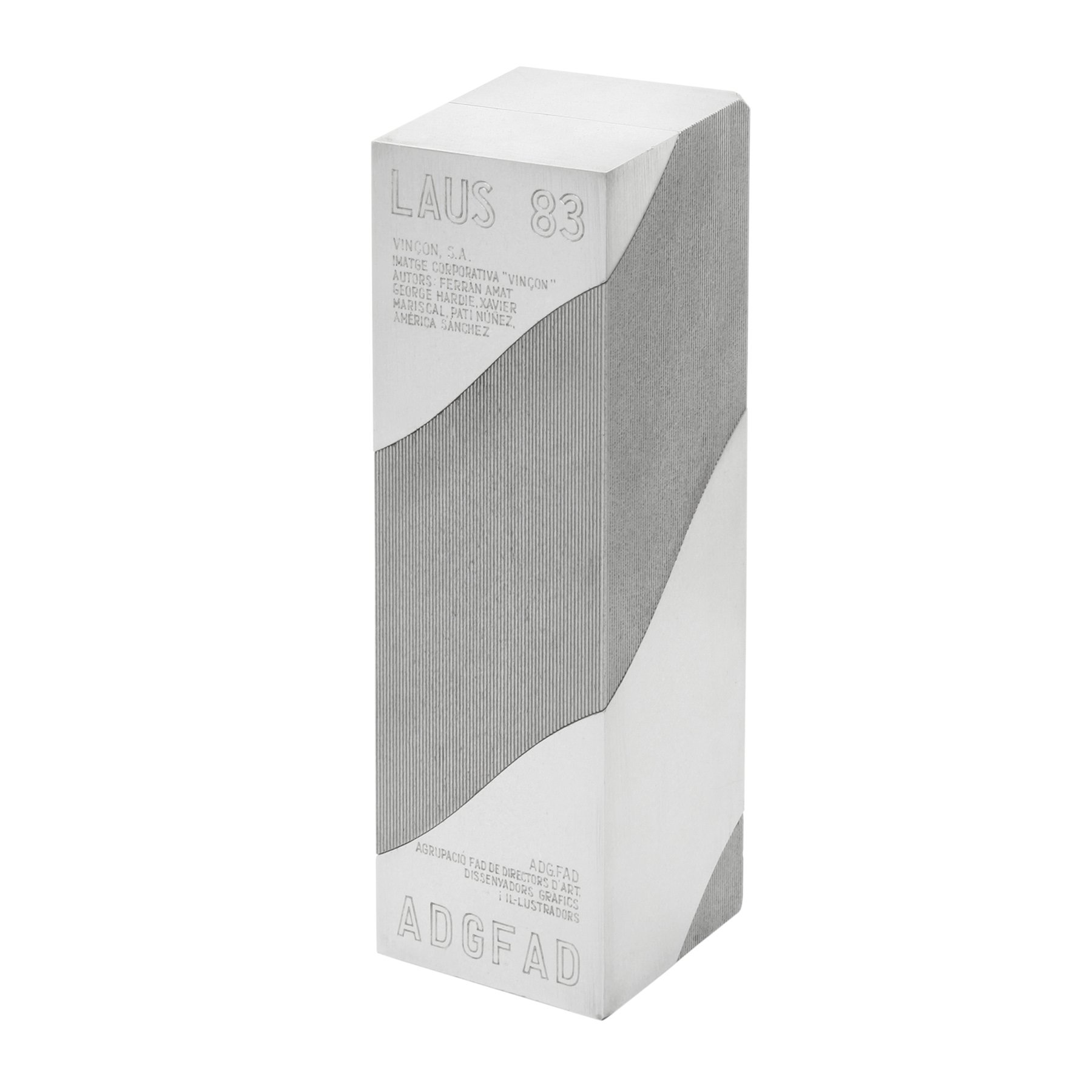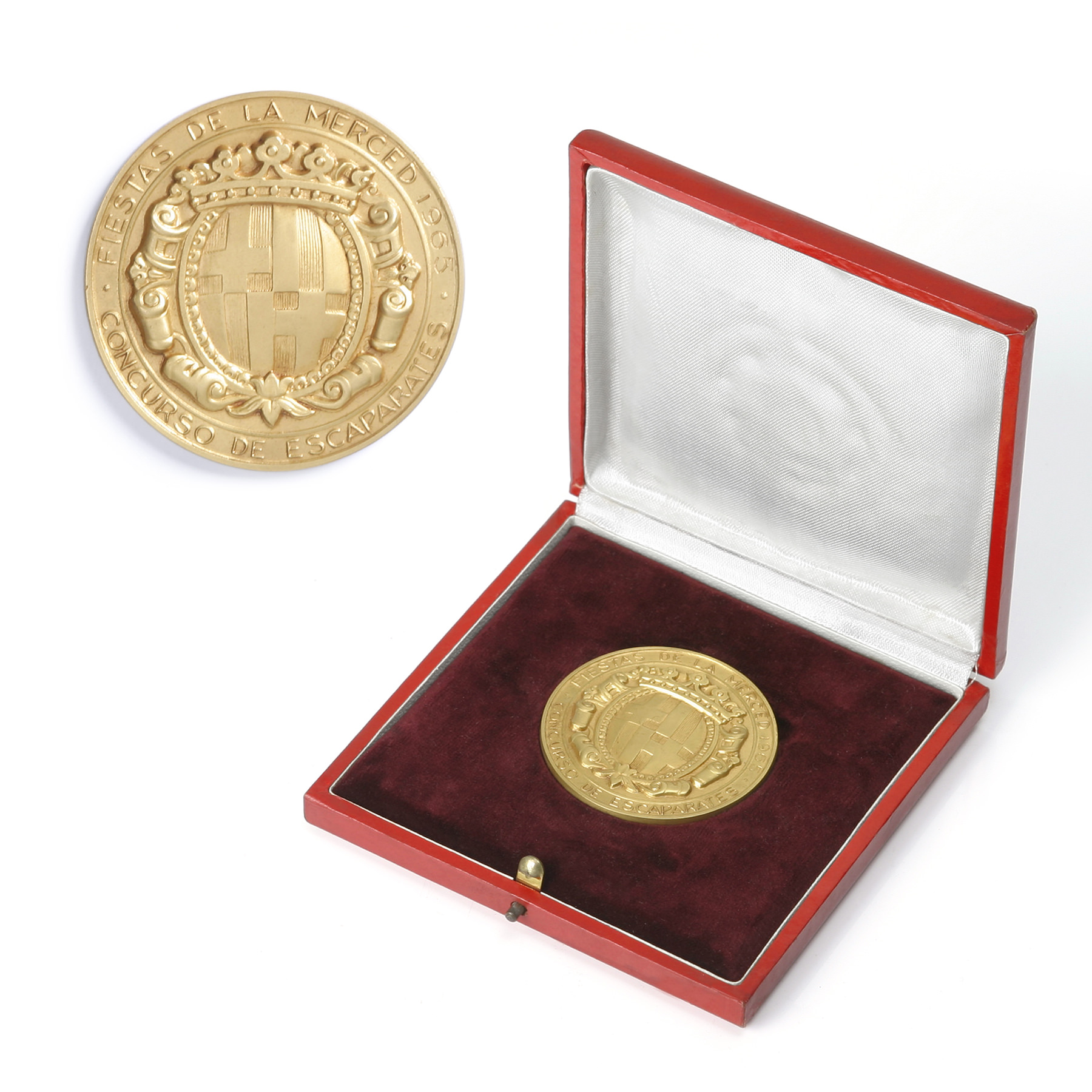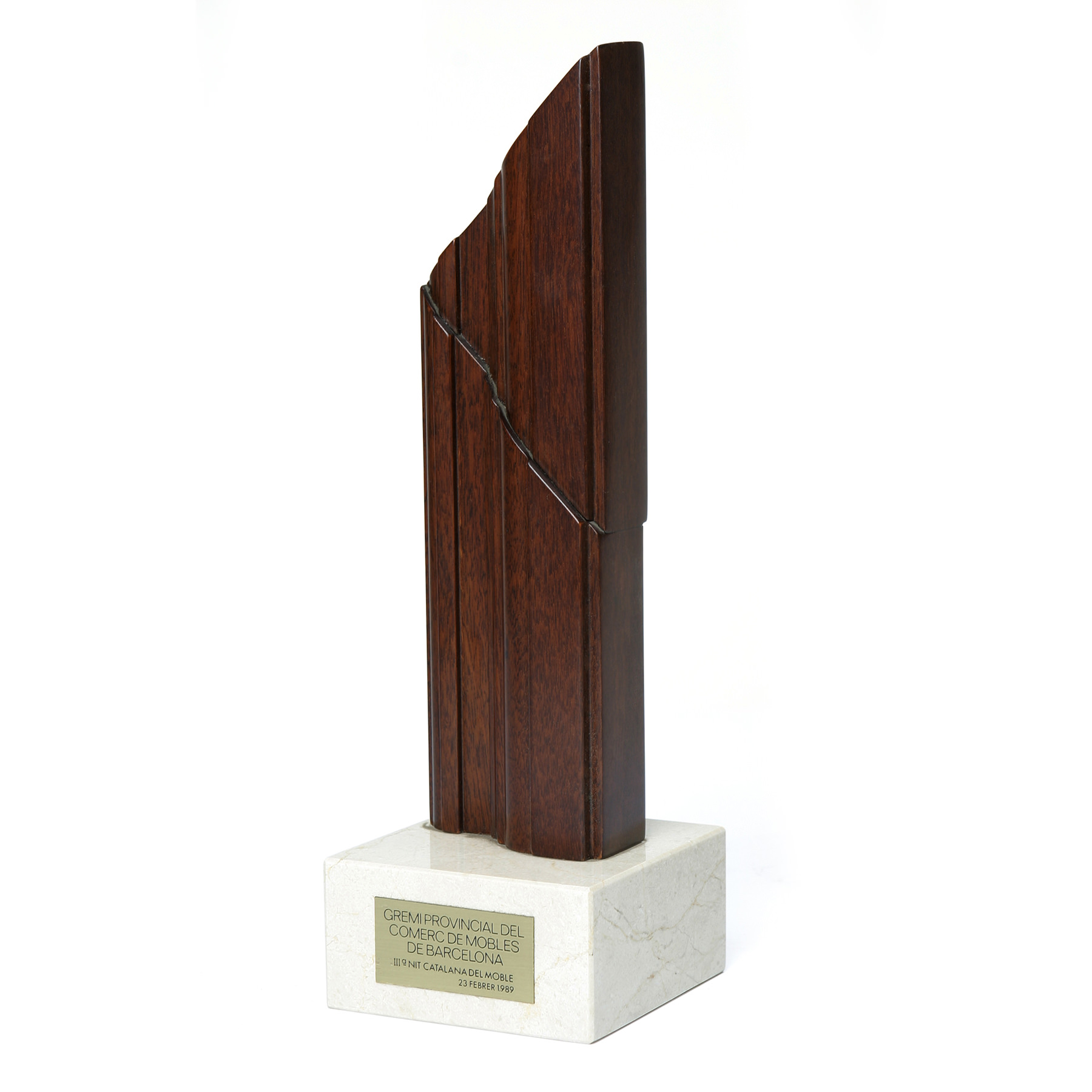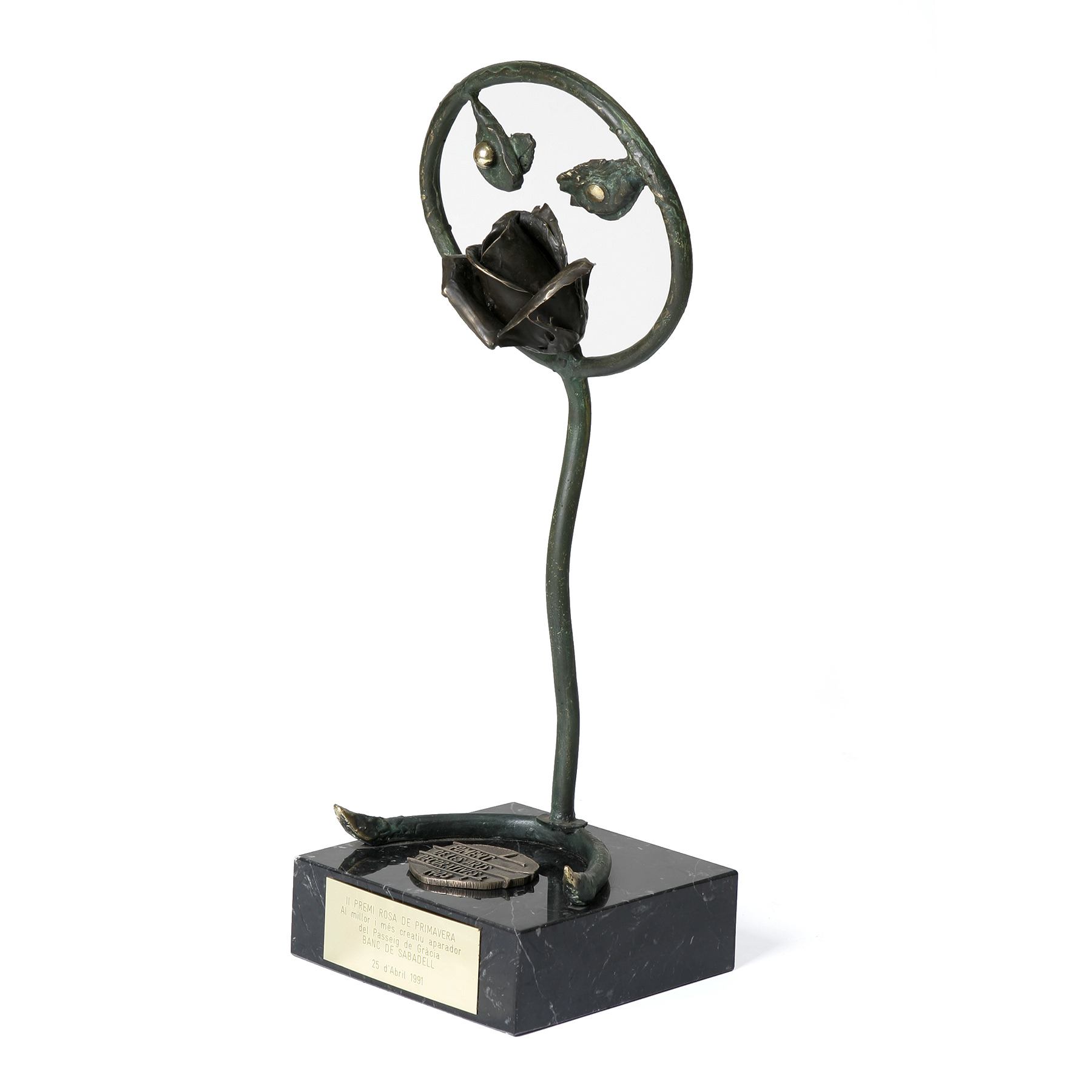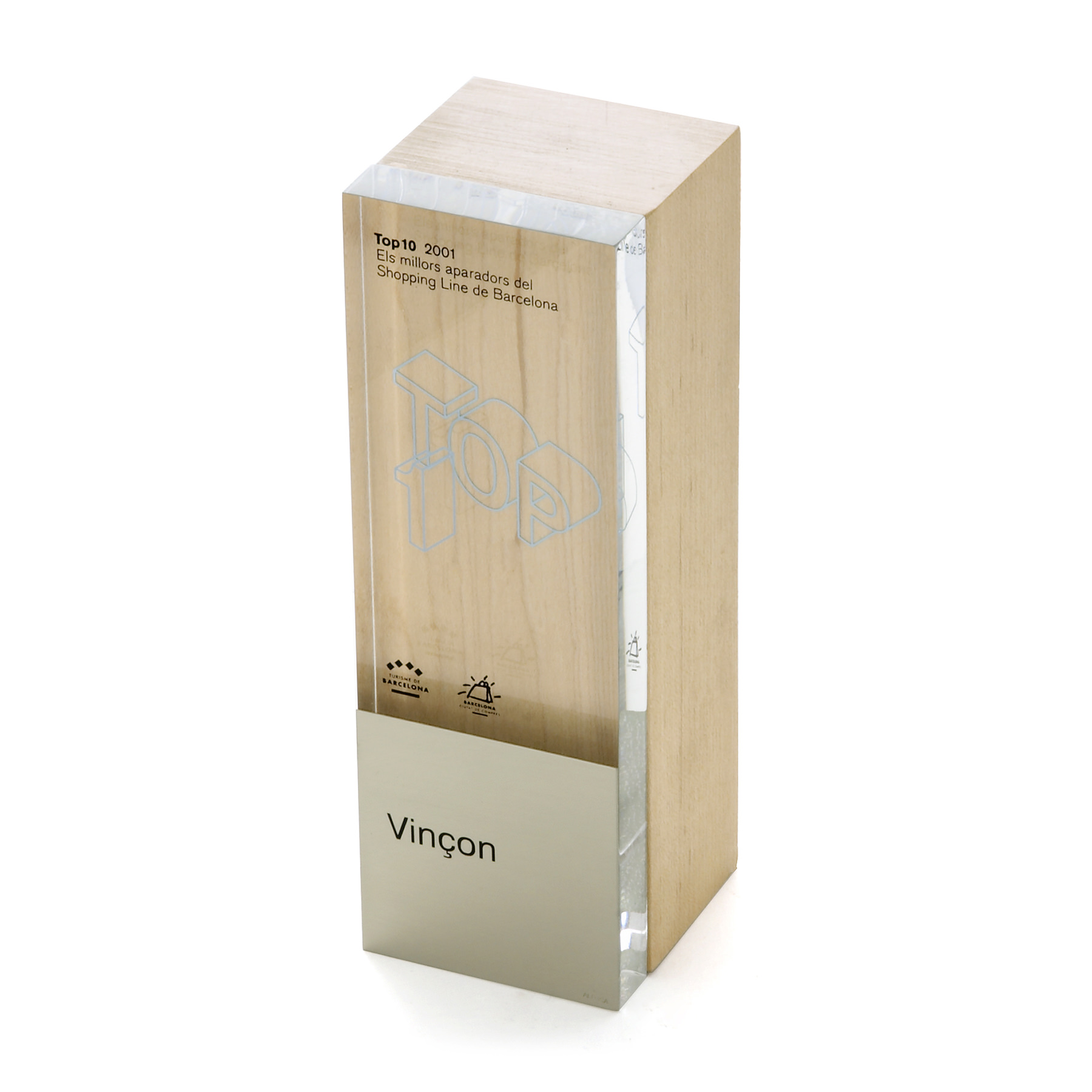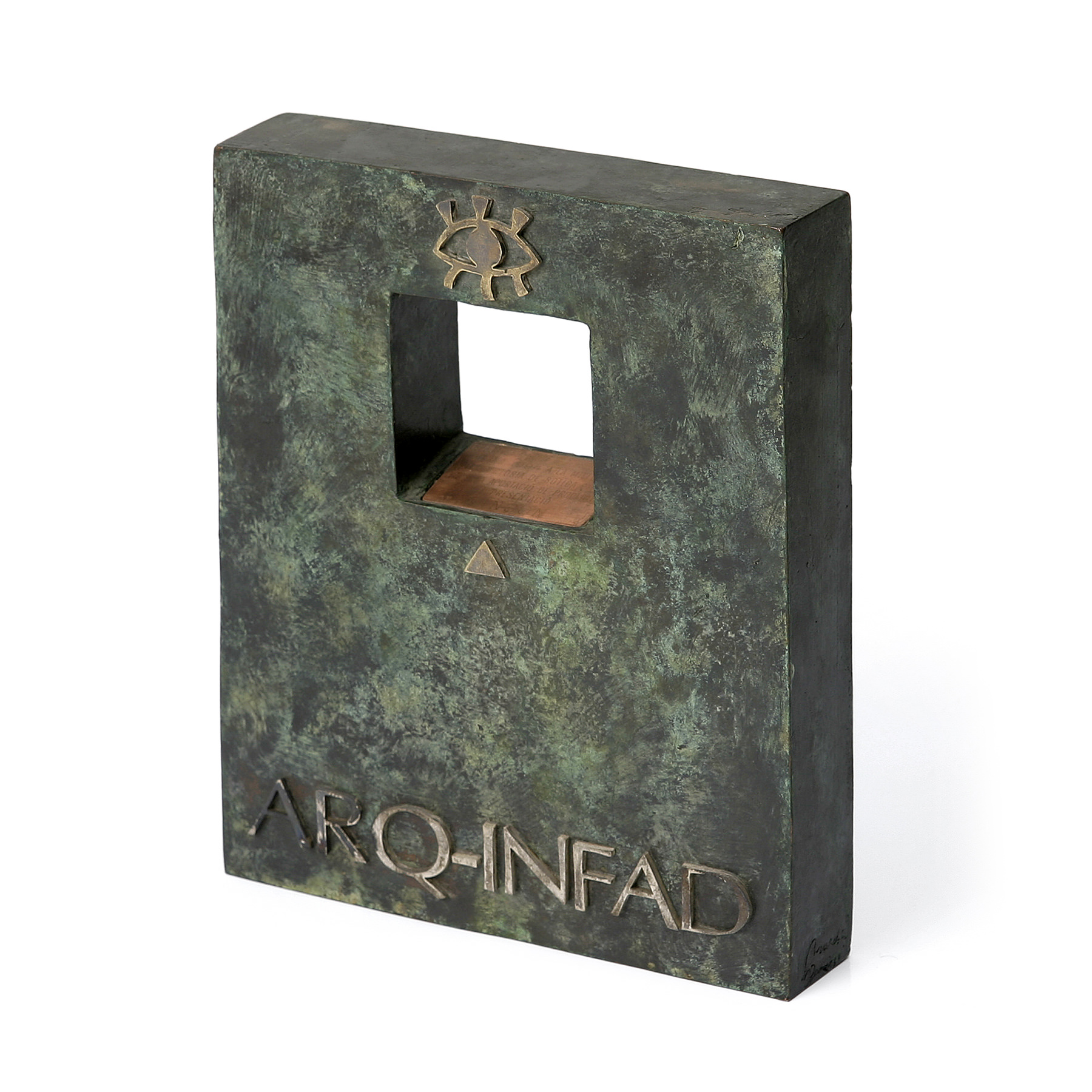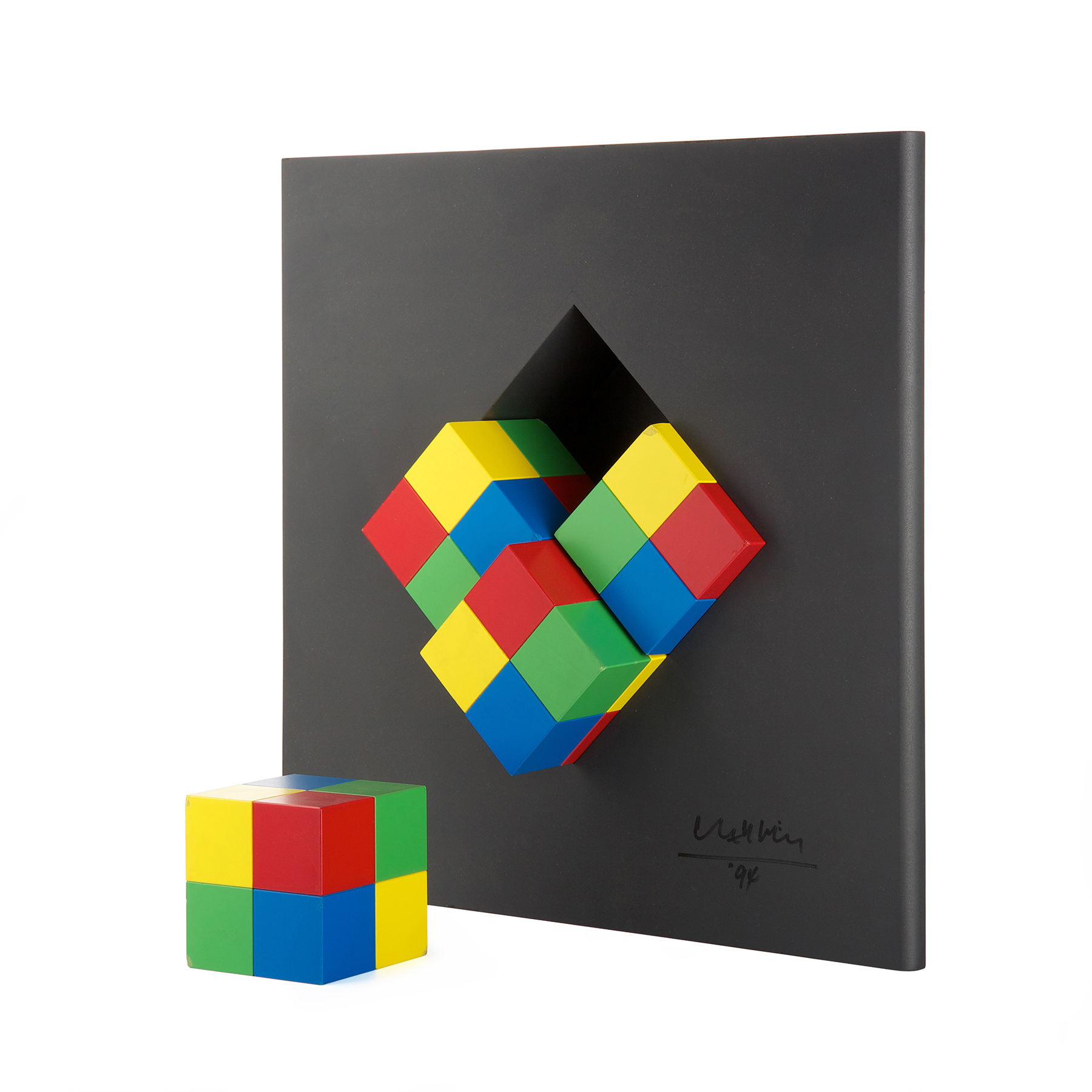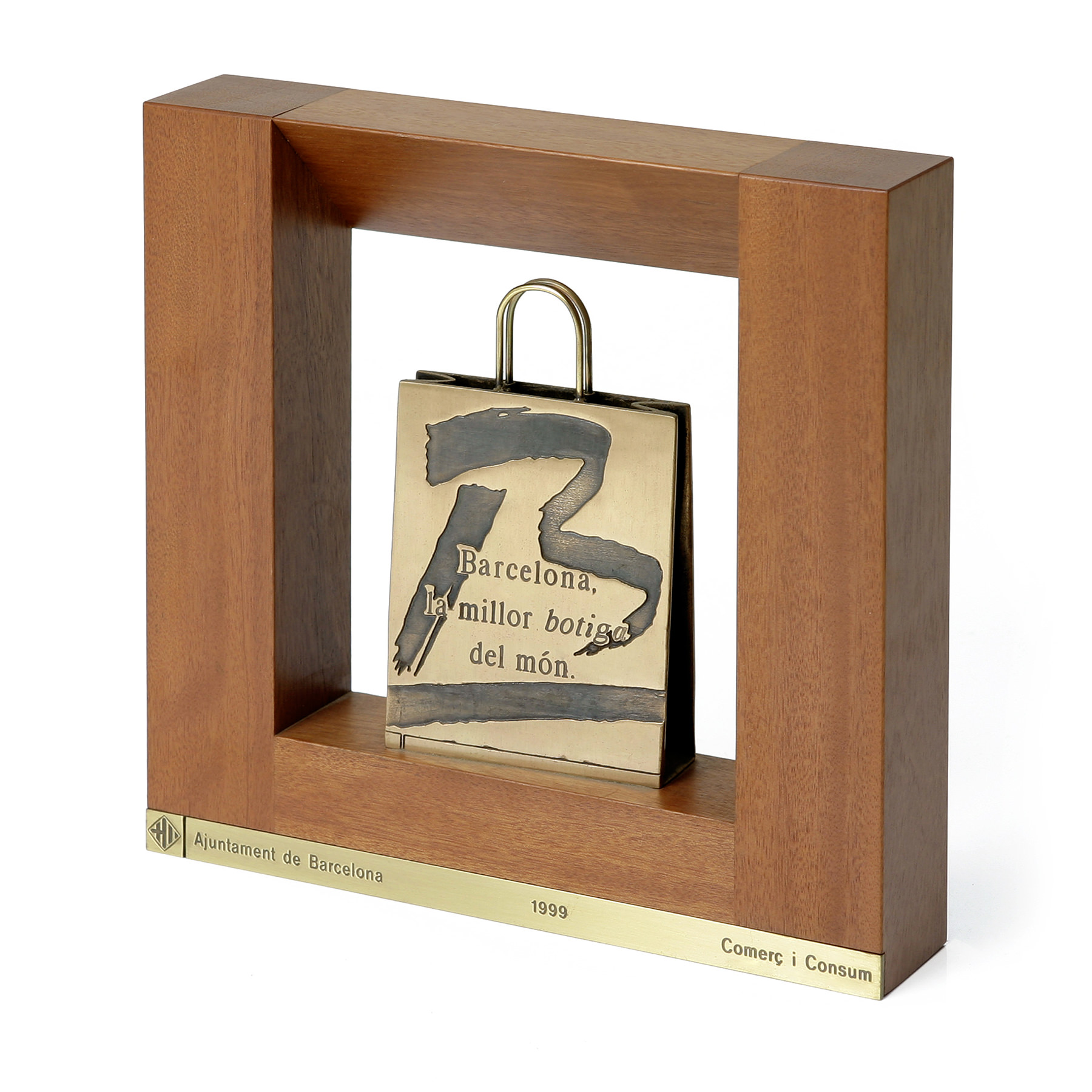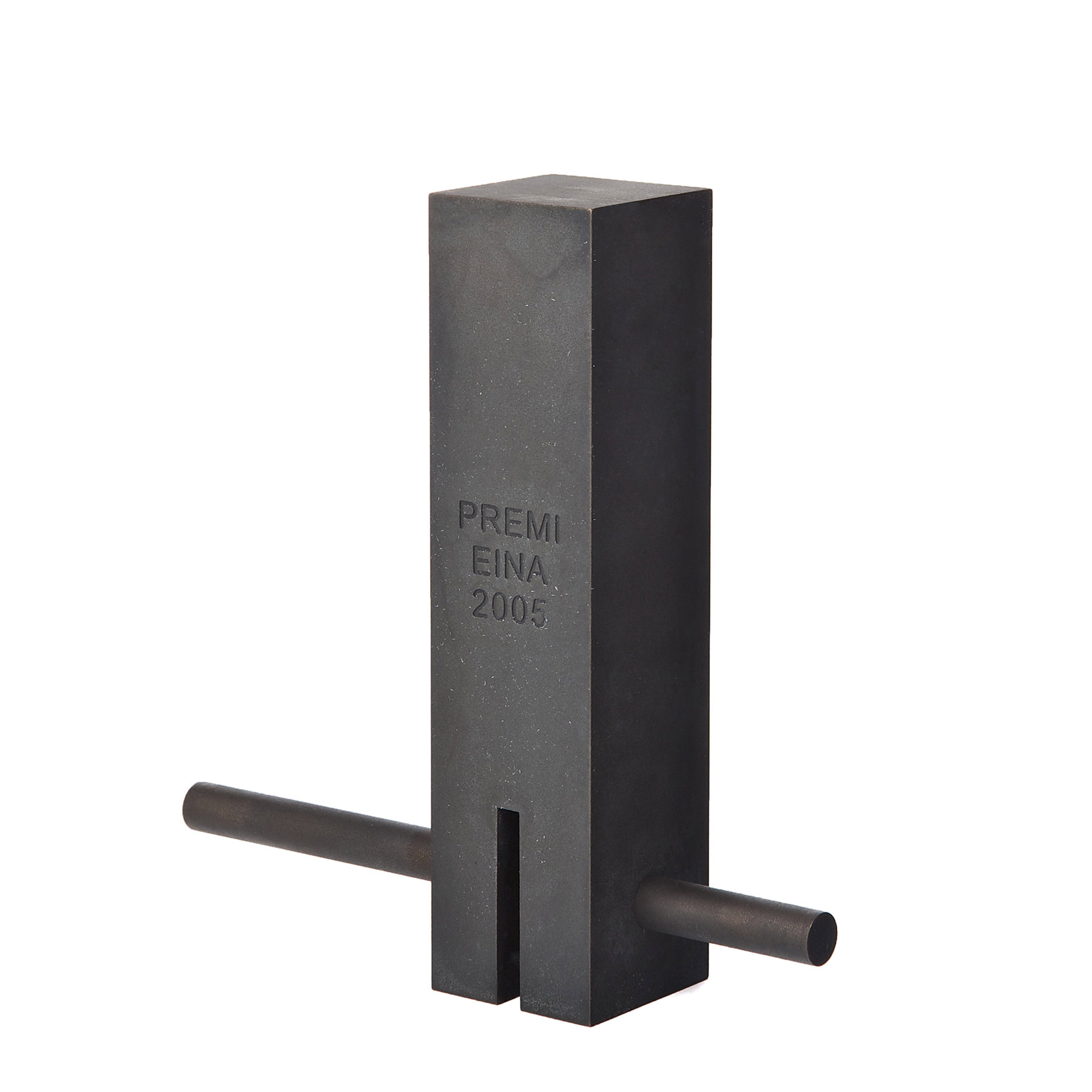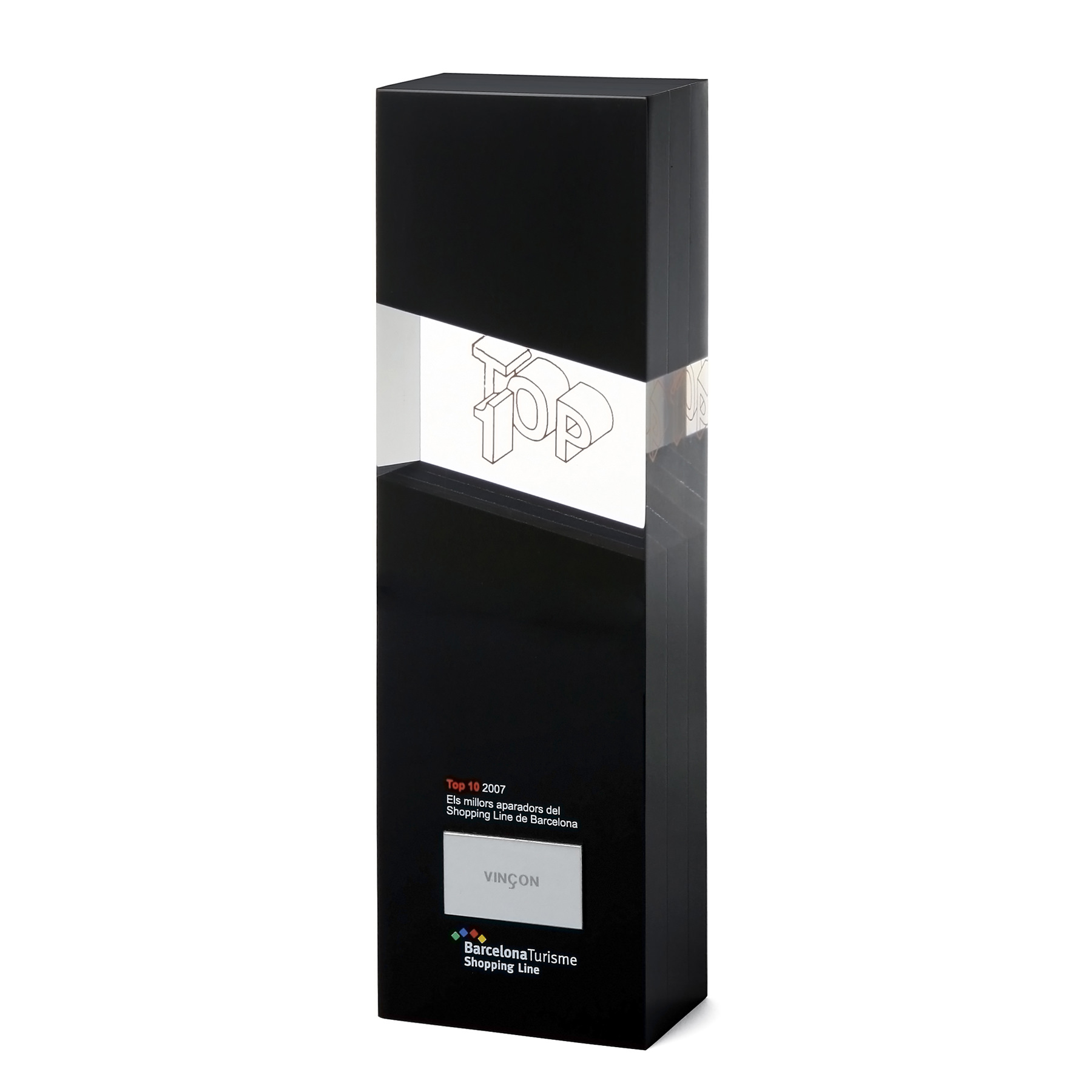HISTORY OF VINÇON
Vinçon was a company dedicated to the selling of contemporary household goods.
We find its origins back in 1934 in a Czechoslovak porcelain import and wholesale company that was founded by the German Hugo Vinçon and his brother-in-law Enrique Levi.
Vinçon’s first shop was settled in the Rosellón Street of Barcelona, but soon they rented a larger space in the city’s emblematic street of Paseo de Gracia. Under the name “Gifts Hugo Vinçon” they opened a store of glassware and porcelain objects with a space for exhibition of paintings and an extensive warehouse for storage.
One year later, in 1935, the Amat family enter the business: Jacinto Amat was incorporated as salesman and in the 50’s his sons Juan and Fernando.
In 1957, the company was acquired by the Amat family, who establish the foundations of what would eventually become one of the most unique and iconic establishments in Barcelona.
After some failed attempts to renew the image of the store, in 1967, the Amat family puts plans to modernize the business into action and mark the beginning of a new commercial era. They asked themselves: “What would happen if we presented an alternative offer to what the public already demands?” They decided to take risks and opted for the incipient object industry for contemporary home designs. From this moment on, innovation became a trademark of Vinçon’s commitment to style and originality.
As the sales area expanded, all kinds of window displays were created to exhibit the latest developments or distinguish new sections, such as the one dedicated to oriental products in 1976, which took the name of VinChong; the shop windows transgressed the purely mercantile environment to become visual poems.
But together with this new approach of showcasing, selling, and wrapping the product differently, was also something determinant: a very personal criteria when selecting, from all the worldwide offer, the items for the store. This unique and visionary look, carefully selecting the designs just as if he would do for his own home, as he said, was Fernando Amat’s wise move.
The other relevant factor that contributed to Vinçon’s success was the business management, by Juan Amat. A commercial area of almost 3,000 square meters, which had more than 40,000 references, required a thorough control so that the economic balance was positive. If this assertion is obvious in any business, it acquires its full dimension in a company that declares itself voluntarily immersed in a permanent process of self-criticism so as not to let bad habits be implanted in the organization.
With the lesson well learned and several years of practice in the business, the third family generation was fully incorporated into the management structure of the company. Thus, Sergio Amat is responsible for the Madrid store and collaborates with his uncle Fernando in the commercial orientation and item selection, while Juan Enrique Amat is in charge of the financial and logistics management.
A great professional rigor when selecting products, looking for good design more than the novelty itself; a curious look at all the artistic manifestations to apply their language in the exhibition of the offer; an open and relaxed deal with customers, and an agile and effective business management, are some of the differential facts that contribute to Vinçon’s philosophy.
Still, it is not an exact formula. Fernando Amat said that when someone from outside Barcelona visited him because he wanted to set up a store with similar characteristics and asked him what the key to success was, he always summarized his criteria, to which he added a good dose of irony and a certain willingness to take risks, even knowing that they were not going to bring immediate results “but they ignored them, they dedicated themselves to betting on what was less important, the product, and they did not go to the bottom; They didn’t realize that the essential thing is not so much what you sell but the way you have to do it, even if sometimes that means selling less. ”
To understand what Fernando Amat means by “going to the bottom”, nothing better than referring to the motto that defined the business activity: “Extensive assortment of objects of all kinds in general”. This statement, more typical of a gifts bazaar than of a cult shop, was one of the many demystifying winks that this company used to avoid being just an elitist sanctuary of design to be a casual friendly space , “Easy to use” – as they liked to say – where it was possible to buy from a flashlight to a bedroom, glimpse new trends or contemplate the dignity with which well-conceived pieces were aging, such as the Copenhagen ashtray, a design by André Ricard from 1965 that, like other classics of contemporary design, fulfilled their silver wedding set up in Vinçon’s commercial offer.
In 2015, the commercial activity of Vinçon ceased.
Some awards received
Vinçon was receiving important awards over the years.
Due to their knowledge of their activity, they were awarded the Frankfurter Zwilling Prize in 1994 for considering Vinçon, together with Modus in Berlin, the two most interesting stores, internationally, in the distribution sector.
Likewise, in the call for the European Community Desing Prize 1992 awards, it was the only one selected in representation of a point of sale or an exhibition hall on the subject of design.
It should be noted in 1983 the Laus trophy precisely for the continued good graphic work, the prize for the best store in Barcelona in 1999, and especially the National Design Award that was awarded in 1995.
